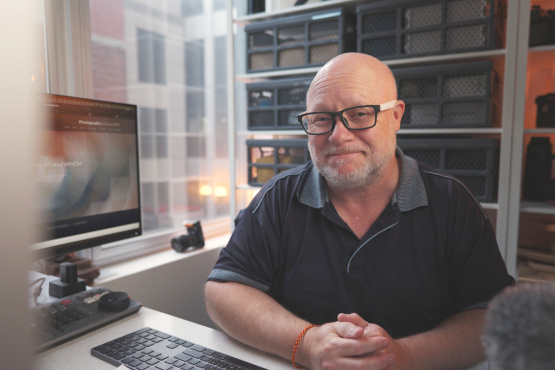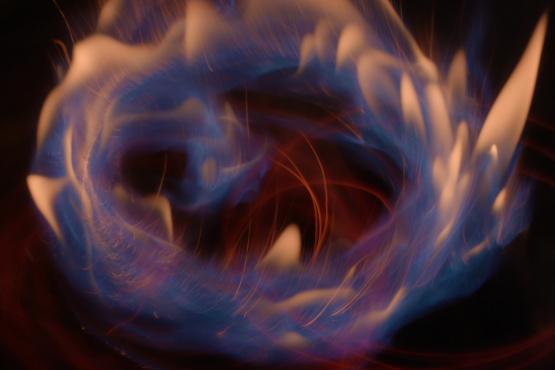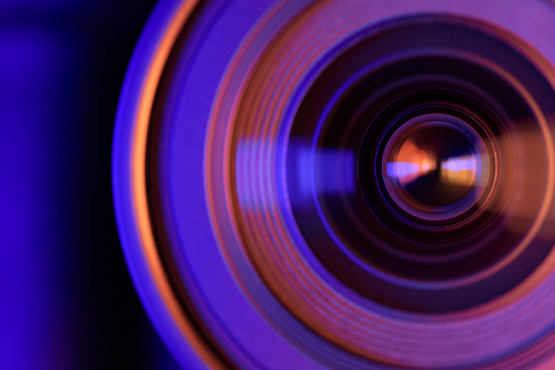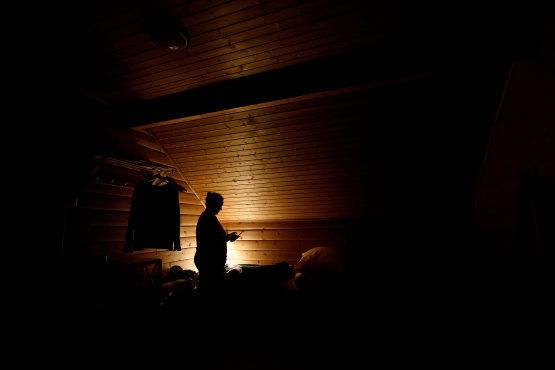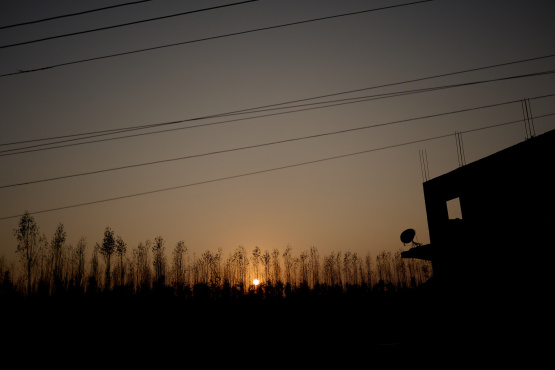What is a photograph worth really? No more than the market is willing to pay.
It doesn’t matter if you spent three weeks hiking across mountains in the rain, camped out under a tarpaulin for days waiting for the right sunrise and then broke your camera walking home again. Your experience is not what makes the photograph financially valuable, only sentimentally valuable.
Putting a price on your work is a deeply personal issue, and one most people badly confuse at the peril of their success. The hours and ideas you put into a project will never be balanced with the financial value that others hold for it, be it photography or any other kind of business.
We always over emphasise the value of our contribution, because that’s what we see the most and experience most directly. To do so however can cause problems when dealing with your clients who value the work on a different scale, and even worse can cause problems with professional colleagues when you don’t value their work as highly.
The best analogy is watching a house go to auction. Depending on a given day the pool of buyers might be big or small, the demand for that style of house might be strong or weak, the weather could keep away a crowd of otherwise eager purchasers, or the government of the day might be creating economic panic through exaggerated austerity measures. Your work to prepare the house or repair problems is of little consequence to the final figure.
It makes surprisingly little difference if you spent weeks or months getting it spruced for sale - you can’t expect a return to match your hours invested, only an assessment of how eager the market is to win the sale.
Photography is pretty much like a house auction, only the action takes place over months and years instead of minutes. You have to make a few mistakes, over bid or under charge for work, in order to get an idea of what you’re work is really worth. It’s a learning curve.
What’s really important however is not what price you put on your photos, but how you value the work of others around you. Overstating your own value is a great way to understate your clients, your colleagues and your networks. I’ve seen it a lot lately, often directed my way because “you know it’s pretty easy to take a photo these days”.
For me it’s a warning sign, a red alert that this is not a client I want to waste my time on. There are good and bad clients, and the good ones you’ll want as your friends. The good ones you’ll work for the love of helping them succeed. The money comes second, so far second it’s rarely worth more than a second of conversation.
Bad clients will suck your energy, drain your soul and often leave you unpaid anyway. Remember, they didn’t value what you do in the first place, so are often reluctant to pay that invoice. Life is too short for bad clients, and life is too short to spend with people who value money above quality.
I do what I do because I want to share what’s truly beautiful in the world. I work hard for my clients because I like them enough to want them to succeed. It’s a win win really, because if they do well in business then chances are I will too. By putting value on the work of those around me I learn to appreciate what I bring to the table too, and how I can do better.
2014 marks the end of the road for several of my partnerships, old projects and successful ventures that have matured over time and are ready for change. I’m no longer doing editorial for Digital Photography magazine for example, but I still value the skills of my editor Greg and designer Erica and how they helped to make my work better. I look back on my three years and I think I got something valuable out of it.
Sometimes the price isn’t everything. I can’t pay my mortgage on freelance editorial mind you, but I can’t live a happy life if all I have is money and invoices. I need more than that, which brings me back to the “good clients”. These are the ones whom we value each other properly, share respect and find ways to be more productive.
It’s hard to put a real price on that.

Keep Reading
Join Ewen's newsletter for monthly updates on new photography articles and tour offers...Subscribe Here



